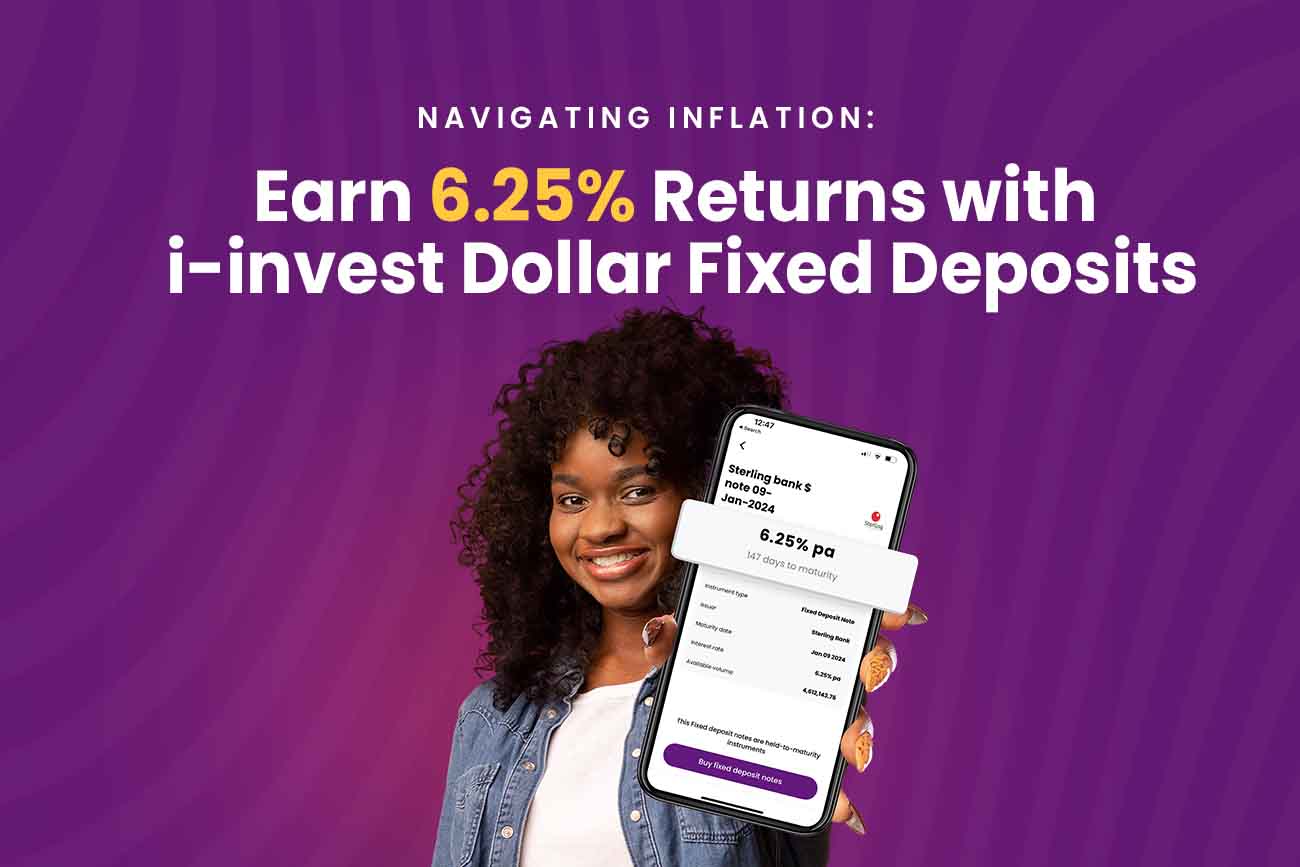UNDERSTANDING RISK: INVESTING IN LINE WITH YOUR THRESHOLD FOR LOSS
by: JOHN DOE
on: DECEMBER 2, 2022
in: BLOG
All investments carry some degree of risk; stocks, bonds, mutual and exchange-traded funds can all lose value.
Risk refers to the unpredictability of a financial venture and/or potential financial loss inherent in an investment decision or portfolio. Investments with a higher chance of returns tend to have higher risks, while investments that portend lower risks are much steadier, but will not bring much of a return.
It is often advisable for potential and existing investors to personally ascertain their threshold for loss before they start investing or diversifying their investments. That way, they have a fair idea of how they react to loss and financial dips.
Some types of risks
- Inflation Risk: Over time, inflation reduces the purchasing power of currencies. When this happens, the same amount of money will buy fewer goods. This risk is more pronounced for individuals who invest in bonds.
- Liquidity risk: This is the risk of being unable to sell your investment at a beneficial price or having to sell at a lower price.
- Market risk: This is the risk of a decline in investment value due to unfavourable economic conditions. This type of risk includes equity risk, interest rate risk and currency risk.
- Credit risk: This is the risk attached to the inability of a government or international organization to pay the interest or repay the principal of investments at maturity.
- Reinvestment risk: This is the risk of a possible loss from reinvesting principal or income at a lower interest rate.
Know your risk threshold
Risk often depends on economic and market fluctuations, but sometimes they are so aggressive that you can lose all your investments. You can measure your risk appetite using any of the following:
1. Your investment horizon
The longer you can hold an investment for, the more time you have to ride out market volatility & irregularities and grow your investment.
2. Current and future financial commitments
Investors with immediate needs are often advised to invest in liquid and low-risk assets. Even if the returns are lower, low risk investments are safer.
3. How much investment capital you can afford to lose
It is advisable before deciding on an investment portfolio, to figure out how an investment loss will impact financial commitments like loan repayments, rent, or auto repairs.
How to manage risk
- Diversify your Portfolio
When investing, it is advisable to make room for error by diversification which spreads your risk. This way, when one investment dips, there might be others
doing better. - Maintain an emergency fund
It is important to set some money aside for emergency needs that might arise. This gives you a buffer for unexpected financial obligations. - Invest in funds
Funds are chosen and managed by a fund manager, which allows you to benefit from the industry knowledge and expertise of a professional. Also, funds invest in a range of investments, thereby spreading the risk. - Invest in bonds
Investing in Bonds means that you are lending money to an international corporation or a government, so they are safer.




